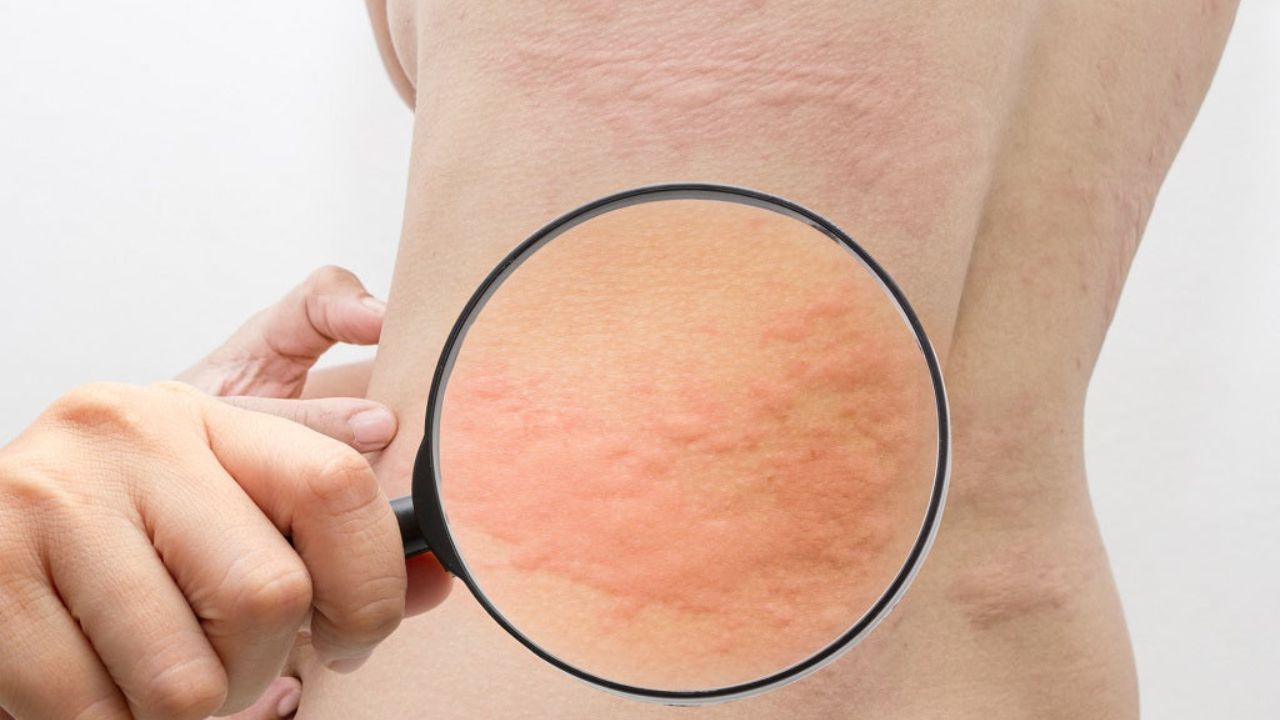Cold urticaria is an uncommon skin disorder brought on by exposure to cold temperatures, cold water, or even cold things such as eating or drinking cold foods. It usually occurs when the temperature is below 3 degrees Celsius. When a person has cold urticaria, he or she will develop little red welts (hives) on the exposed skin. Within 2-5 minutes of being exposed to the cold, these welts or hives form.
Cold urticaria causes a variety of symptoms, including transient crimson welts on the area where the skin was exposed to cold stimuli, swelling of hands and lips while holding or swallowing cold things, and worsening of response as the skin gradually warms. After being exposed to cold, these hives normally linger for 1-2 hours.
The therapy for cold urticaria consists of the following steps:
1. Avoiding scenarios and stimuli that may cause the response.
2. Educating the patient on how to avoid developing a skin problem.
While the actual origin of cold urticaria is unknown, medical professionals believe that it may be caused by an underlying illness such as infection, blood disorder, or cancer in certain cases. This skin ailment primarily affects young and middle-aged individuals, and while some people have moderate symptoms, others may have severe reactions. Cold exposure can cause loss of consciousness, shock, and even death in extreme circumstances. It can also cause swelling of the tongue and throat, making breathing difficult.
If your doctor suspects that you have an underlying issue that is causing your severe cold urticaria responses, you may need to have a few tests done to figure out what’s going on. Cold urticaria has no particular therapy, and the best course of action is to prevent future exposure to the cold. This skin ailment normally goes away on its own after a few weeks or months, although it may be treated with over-the-counter antihistamines or prescription medications to lessen the intensity of the symptoms.

 हिंदी
हिंदी






